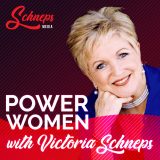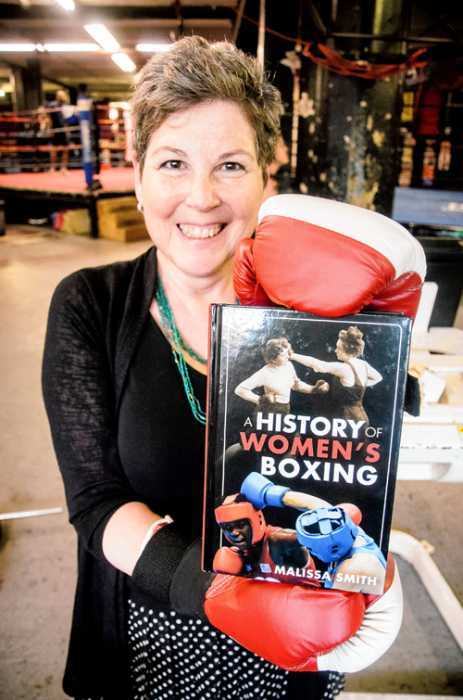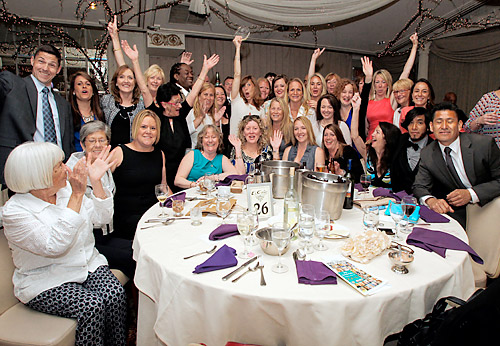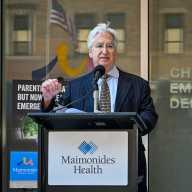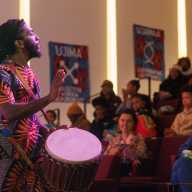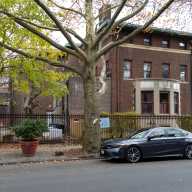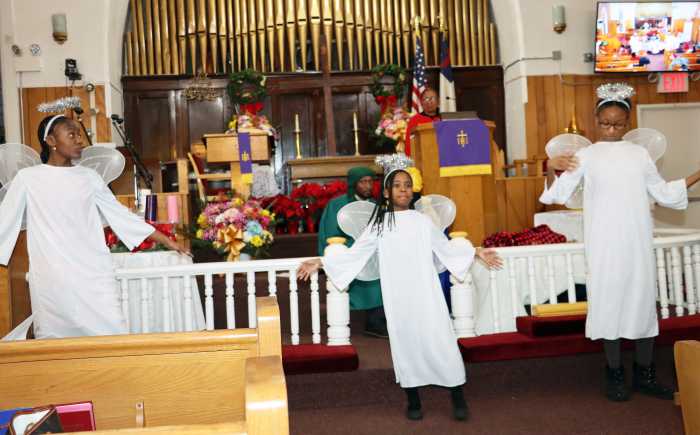Brooklyn has nurtured some of the country’s most famous trailblazing women, from musical stars such as Barbara Streisand and Carole King, to entertainment moguls such as Judge Judy and Joan Rivers.
In politics, Brooklyn women have continued to break barriers — becoming the first to serve on the New York City Council and the first to introduce state legislation in the US.
In honor of Women’s History Month, Brooklyn Paper is looking back at some of our borough’s political trailblazers whose legacies carry on today.
Lady Deborah Moody (1586–circa 1659)
Born in London as a member of the English nobility, Lady Deborah Moody immigrated to the United States for greater religious freedom after her husband’s death. After being excommunicated in Massachusetts for her Anabaptist beliefs, Moody led a group of Anabaptists to southern Brooklyn in 1645, where she established Gravesend — the first and only known colonial village in North America founded by a woman.
Lady Moody laid out the town in a square grid and introduced a policy of religious freedom — a rarity in New World colonies. In 1657, Lady Moody invited a group of Quakers to Gravesend, and held the first Quaker meeting in the colonies in her house.
The first known female land owner in the New World, Lady Moody became the first woman in the New World to exercise her right to vote. She was deeply respected in New Netherland, and was one of the few distinguished people who greeted New Netherland Director-General Peter Stuyvesant upon his arrival in 1647.
Lady Moody owned the house across from the Gravesend Cemetery, which stands to this day, although her grave has never been found.
Clara Cressingham (1863–1906)
Brooklyn-born Clara Cressingham (née Howard) was one of the first women to serve in any US state legislature. Educated in Brooklyn’s public schools, Cressingham showed a “talent for singing and public speaking,” and worked as a dressmaker before marrying Navy veteran William Harry Cressingham at 20 years old.
The couple moved to Colorado, where Cressingham became involved in school board elections, eventually leading to her stint in politics. One year after Colorado became the first state to grant women full suffrage following a referendum in 1893, Cressingham and two other female candidates — Carrie C. Holly and Frances S. Klock — were elected to the Colorado House of Representatives.
The youngest of the female lawmakers, 32-year-old Cressingham became the first woman to hold a leadership position within a state legislature when she was appointed secretary of the Republican House Caucus. She was also the first female state lawmaker to have a bill she introduced — which supported the sugar beet industry — signed into law. She put forward other legislation during her single term, including a law that created a system of free schools.
Genevieve Earle (1883–1956)
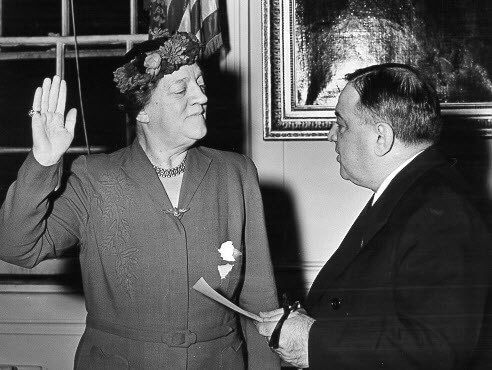
Borough Park-born Genevieve Beavers Earle was the first woman to serve in the New York City Council. An alumna of Erasmus High School in Flatbush, Earle became involved in city politics following her graduation from Adelphi University, pursuing work in municipal research, campaigning, and child welfare.
In 1935, Earle became the first woman to be appointed to the New York City Charter Revision Commission, where she helped establish proportional representation in city elections, and was awarded a gold medal for her service to Brooklyn by Mayor Fiorello La Guardia.
The Borough Park native was also the first woman elected to the City Council, where she represented Brooklyn for five terms as an “independent Republican.” Earle served as the Republican minority leader for nine years and fought for the creation of playgrounds and recreational centers. The lawmaker was known for her aggressive parliamentary tactics — in one famous instance, she fought on the Council floor for 20 hours for the passage of her county government reorganization proposals before backing down.
Shirley Chisholm (1924–2005)
One of Brooklyn’s most famous female politicians, Shirley Chisholm was the first Black woman to serve in the US House of Representatives. Chisholm was born and raised in Brooklyn to immigrant parents and attended Brooklyn College, where her professors encouraged her to pursue politics, although she viewed her Blackness and womanhood as a “double handicap.”
It wasn’t until Chisholm was 36 years old, after years in working in childhood education, that she made her foray into politics. She joined local chapters of political organizations, such as the League of Women Voters and the National Association for the Advancement of Colored People (NAACP), before running for the New York State Assembly, where she represented her neighborhood of Crown Heights for two years. The second African-American to serve in the state legislature, Chisholm was an advocate for the marginalized — pushing for the elimination of the literacy test for immigrants and expanded unemployment benefits for domestic workers.
In 1969, Chisholm successfully ran for Congress, where for over 14 years she advocated for increased opportunities for poor residents and funding for social services, and opposed the Vietnam War. Chisholm only hired women in her office, half of whom were Black.
Although Chisholm’s 1972 presidential campaign was dogged by discrimination and lacking funds, the Brooklyn trailblazer has remained one of the most influential women in the history of US politics.
Correction [March 29]: An earlier version of this article said that Genevieve Earle represented “her district” in the City Council. At the time, councilmembers were elected to represent an entire borough, not a particular district. We regret the error.



